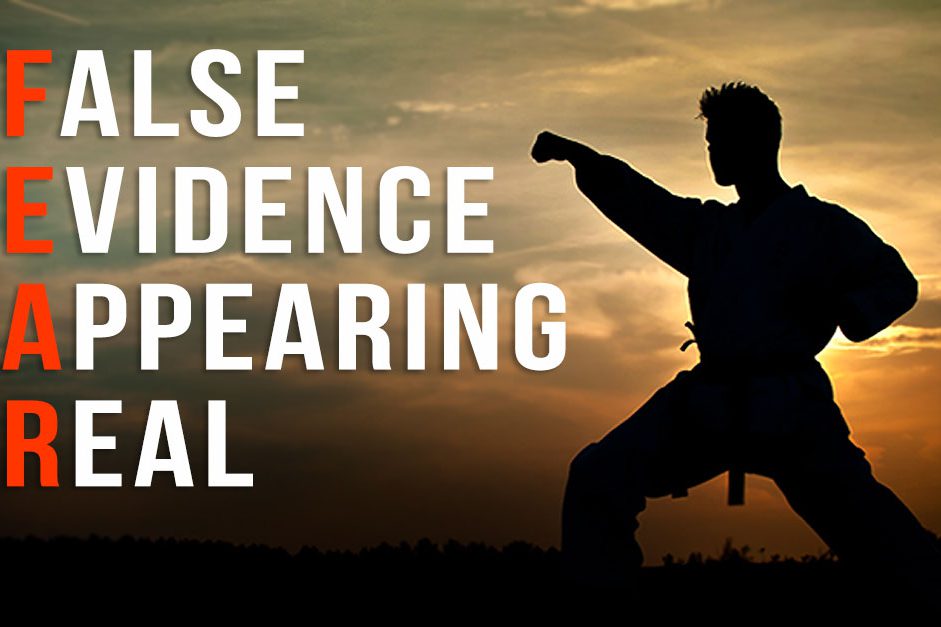The system I train in has strong influences from a man named Fujita Seiko (1899-1966), who was the last inheritor of Wada-ha Koga Ryu Ninjutsu.
Despite being the last real ninja (employed by the Japanese government), he strangely enough never became famous. But when I think about it, isn’t that part of being a ninja?
Fujita was a quite remarkable man who, apart from being a researcher, profilic author and martial artist, had a strange set of skills that I will write about sometime in the future. Eating poison, cutting out chunks of his own flesh, and other masochistic rituals was just the beginning…
Anyway, for now I would like to give you my very own translation of an article Fujita wrote in his book on Kyusho-jutsu (anatomical pressure points). The article shows Fujita’s deep understanding of combat, and will quickly flush away your eventual ideas of ninjas flipping out and killing people with flying somersault-attacks, or other similar fantasies.
The late ninja Fujita advocated simple, and somewhat brutal self-defence… as you will see.
Enjoy the article below!
———
Kinteki – the testicles
[I will use the Japanese word “kinteki” throughout the article. It simply refers to testicles.]
“Who can say that he has never felt the intolerable pain of a blow to the groin? You suddenly feel an incoercible desire for vomitting, the face is covered with cold sweat and the air is hard to breath. You feel paralyzed by the excruciating pain, which is hard to pinpoint.
This point of atemi (blow) to the kinteki is undoubtedly, along with the belly and the chin, the most known to the layman. This part of the body is not protected: It does not have protecting bone, not muscles, nor a layer of fat to cover it and, contrary to the liver or the spleen (which are internal organs), the kinteki is external.
When it receives a blow, the balance of the organs in the body is seriously disturbed, and this reflects in the surrounding organs:
One of the organs to react first is the spleen which immediately sends a a stream of blood to the surrounding organs. The feeling of “tension” in the kinteki drops quickly, from where the feeling of icy cold spreads, which can be felt in the temple. Following this, the kinteki go up, towards their place of origin. If the blow is very violent, this contraction of the kinteki can result in fainting [loss of consciousness] and death.
Anatomically located in a difficult area to protect, the kinteki, along with the whole lower belly area will be the ideal target at the time of a combat. The most successful attack is the direct front kick [kinteki geri/kingeri].
The reaction of the victim is to instinctively bend over, because of the unbearable pain. This reaction opens up many opportunities for a follow-up: you can attack for instance with a knee to the face, or with a swordhand [shuto] to the back of the neck, or with an elbow to the spinal column.
Because of its great vulnerability, an attack to the kinteki is easy if you want to cause injury, particularly in close combat. Striking with the knee is very encouraged. A direct blow with the fist, a tsuki, is also recommended.”
Now raise your hand if you felt pain when you read this!



8 Comments